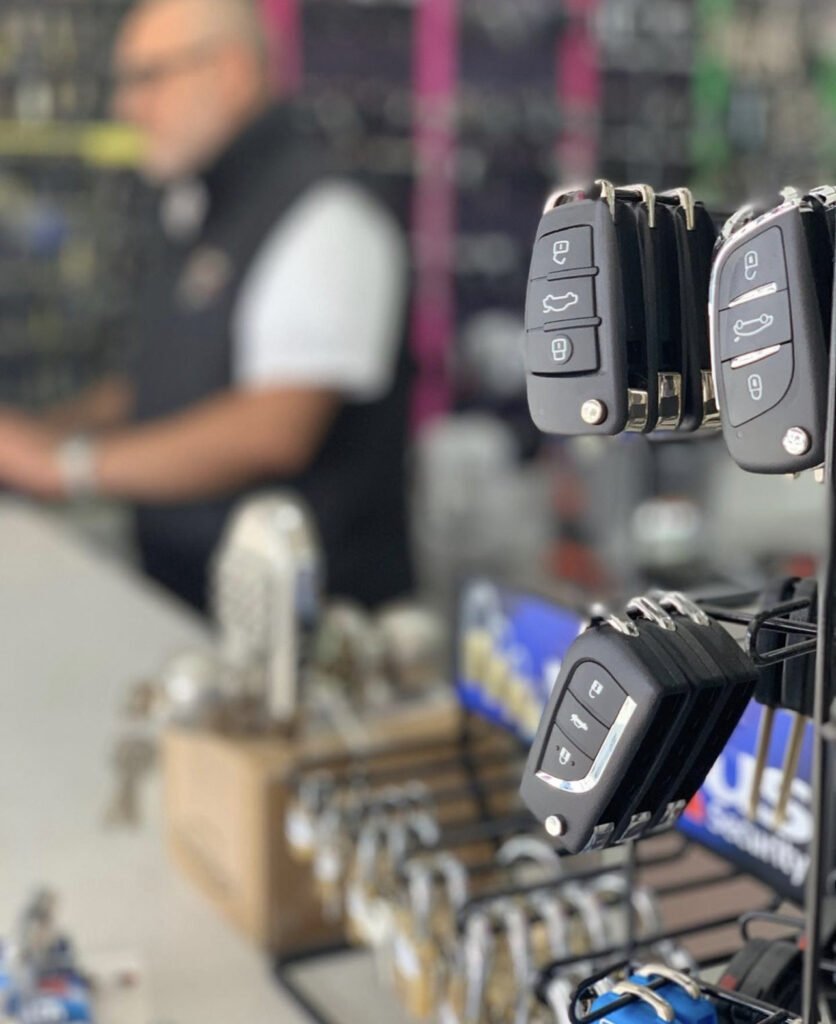Automotive Diagnostics
There are many different types of diagnostic tools for use in automobiles. These include back-pin probing, Pattern recognition algorithms and Component Failure Warning systems. These diagnostic tools will help you communicate with remote assistance services and also identify components that are malfunctioning. These tools are crucial to ensure that your vehicle is secure driving.
Warning system for component failure
Modern vehicles are equipped with numerous electronic and internal systems that are able to monitor the performance of the vehicle. A malfunction could cause these systems. When a part of the vehicle fails to function properly, it will send a warning signal to inform the driver about the issue. Certain warning lights can indicate a minor issue for instance, a leaky gas cap, while other may indicate the presence of a more serious issue.
A system that detects problems will store information that will aid repair technicians to identify the problem and fix it. If it detects a fault early enough the technician will be able to fix the issue quickly and efficiently. A vehicle owner can increase its safety and lower maintenance costs by following these warnings.
Modern vehicles have an onboard computer diagnostic system that continually monitors every major system and function of the vehicle. It also monitors the efficiency of fuel and harmful emissions. When a component fails an alert light will be displayed on the dashboard. This system, called OBD is utilized on personal vehicles, trucks and commercial vehicles. It has become an industry standard and makes diagnosis much simpler.
These warnings come in the form of Diagnostic Trouble Codes or DTCs. They are the result of a diagnostic procedure that determines the root cause of the issue. Diagnostics involves analyzing details about the vehicle's service, pin-point testing on the vehicle, as well as examining the affected areas. It is crucial to be aware of the meaning of these codes so that you can accurately diagnose the issues with your vehicle.
Communication between a vehicle and a remote assistance facility
To allow remote assistance facilities to be able to work with your vehicle you must have a way to communicate with it. Vehicle-to-vehicle (V2V) communication is a method used to connect with other vehicles and exchange data wirelessly. This technology allows for the transmission of messages that are omnidirectional up to 10 times per second. It also aids vehicles to maintain all-round awareness of other vehicles. It also collects information from vehicles in the vicinity to alert drivers of imminent accidents. These systems also employ audible, tactile, and visual alerts to assist drivers avoid accidents.
Back-pin looking
Back-pin probing is a method in automotive diagnostics that uses sharp pins to make contact with automotive connectors. These probes are able to be used on all vehicle models and are usually affordable. They are useful for measuring live circuits and do not damage connectors. This means that there is no need for puncturing wire insulation.
Many technicians prefer to use back-probing to diagnose automotive problems. It is much more convenient than piercing wire insulation. These tools are inserted into automotive connectors using a variety of tips. A lot of back-probes with special features have smaller diameters which reduces the amount of leverage applied to the connector.
Some diagnostic kits for cars contain numerous connectors and probes such as banana plugs, alligator clips, and pointed probe tips. There are kits that include a variety of test kits. These kits allow you to quickly and easily look for any potential issues in the electrical system of your vehicle.
Back-pin probing is among the most effective ways to test automotive connectors. It lets you quickly connect or disconnect the test leads. This diagnostic method is also cost-effective. This method can help save a lot of time, labour and even money.
On-board diagnostics
The health of the vehicle can be monitored by the on-board diagnostics. It can also notify them when their vehicle needs repair or maintenance. This technology can improve fuel efficiency and reliability. It also can inspire manufacturers of automobiles to develop better engines and improve car safety. These systems also reduce time and cost by allowing drivers to view how their car is performing without the need to wait at the mechanic's shop.
Before the advent of standardized on-board diagnostics, the manufacturers created their own systems. The initial versions of this system relied on their own connectors, electronic interfaces, and customized codes to identify problems. The first systems were launched in the year 1968 and 1978 by Volkswagen and Datsun. The Society of Automotive Engineers (SAE) eventually demanded that all cars have the technology. Additionally, in 1994 California's law mandated that all vehicles use on-board diagnostics.
The on-board diagnostics systems are so advanced that they can run with the same computing power as desktop computers. They are able to communicate with a variety of mid-speed networks and can handle large amounts of data. Additionally, the majority of on-board diagnostics systems have a vehicle speed sensor that can accurately detect rough roads. These sensors are integrated into the engine control module, or ECU.

OBD systems can identify problems in the engine of a vehicle and create a warning indicator within the instrument cluster. Once the OBD system has identified the problem, it stores a diagnostic message. To read auto diagnostics near me , a mechanic should connect a scanner to the OBD connector beneath the dashboard. A mechanic may not be able to interpret a trouble code, but it can help him identify what is wrong.
